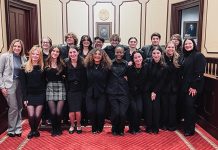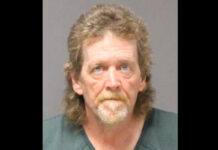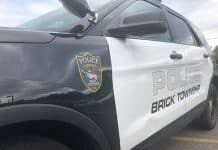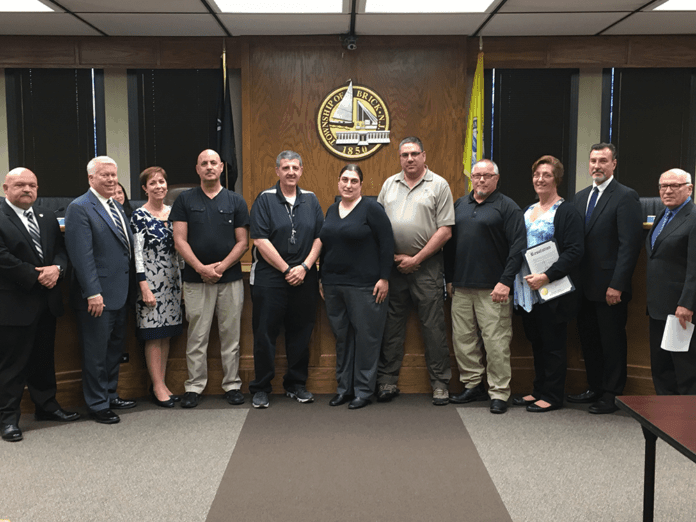
BRICK – The township entered into a settlement agreement with the Fair Share Housing Center in December that says Brick does not have to build any additional units of affordable housing, after originally saying that 3,000 units – which equates to about 1,500 units – were required, said Mayor John G. Ducey.
“There were many, many months of litigation, settlement conferences, special master meetings, all these different things, which culminated in December with the settlement agreement where we have to build zero units,” the mayor said at the April 11 council meeting.
In the 1990s the township started to integrate its affordable housing obligations within neighborhoods instead of having all the units concentrated into large apartment complexes, Ducey said.
“So if you go all over town you’re going to drive down certain roads and you’ll see 10 of the same houses. What you won’t know unless you live there of course, one of those 10 houses that was built in the 1990s is affordable housing,” the mayor said.
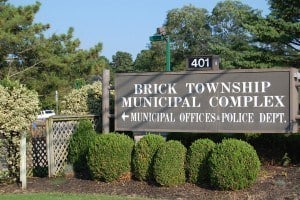
While the house looks the same as the surrounding houses, the big difference is the families who purchased the affordable housing units paid a lot less for their homes and they have a deed restriction that only allows them to charge 10 percent more than they paid for the house, and they have to sell it to someone who qualifies for affordable housing, Ducey said.
“The other difference is everyone knows their property taxes are based on their home value. Obviously the person is paying a lot less on taxes for their home, so their home is assessed lower because of the deed restriction, which makes the property worth less,” he explained.
If a family qualifies for affordable housing when they purchase the home, it doesn’t matter if the family wins $10 million in the lottery, or makes $10 million in their career, they can stay in the house because they qualified when they moved in, which Ducey said is a great deal for families just starting out.
The administration has proposed a set-aside ordinance that continues to provide for an inclusionary zoning requirement on future multi-family developments of ten or more units in the township.
All development approvals for multi-family residential development would provide an affordable housing set-aside of 15 percent of the residential units in a rental development, and 20 percent of the residential units in a for sale development.
At least 50 percent of the affordable units in each development would be affordable to low-income households, including 13 percent in rental developments affordable to very low income houses.
If there is no additional building in Brick, the affordable housing obligation stays at zero, Ducey said. “We don’t have to build a big complex or big project with a couple of big buildings, we’re off the hook for that,” he said.
In March 2016 the township hired a new affordable housing attorney and appointed a new firm to fight state the requirements for the additional units.
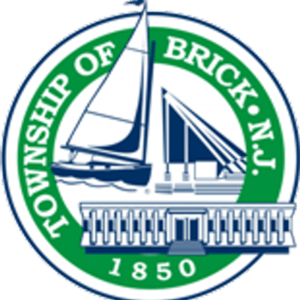 At the time, Ducey said the township wanted credit for existing affordable housing already built in the form of senior citizen housing and housing for the developmentally disabled.
At the time, Ducey said the township wanted credit for existing affordable housing already built in the form of senior citizen housing and housing for the developmentally disabled.
A formula capped the amount of credit Brick could receive for those at about 22 percent because the township had too many of each.
The issue of affordable housing came from the town of Mount Laurel. Years ago, Mount Laurel was in the midst of a lawsuit claiming that the town did not provide affordable housing. It went to the Supreme Court, who decided that affordable housing was to be mandated in every municipality in New Jersey.
In other news, the township’s police dispatchers were honored by township officials for National Public Safety Telecommunicators Week.
Police Chief James Riccio called the dispatchers “Our hidden heroes.”
“We don’t see them very often but they’re the ones that pick up the phone 24 hours a day. I couldn’t work in that room. Police work has its own stresses, but their stress is compounded with the things they have to do in there, with the computer systems and picking up the phones and so forth,” he said.
Riccio said that last year in 2016 the dispatchers dispatched 85,000 police calls,1,500 fire calls, over 9,100 EMS services calls, and they answered approximately 130,000 other phone calls that came into the room.
“They are the ones who get the police, fire and EMS to the scene and dispatch the appropriate resources,” Riccio said. “They do an excellent job and it’s very appropriate that we are recognizing them here tonight.”


